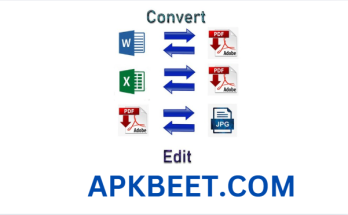In the current digital era, the capability to craft highly realistic, AI-driven videos has brought transformative changes across numerous sectors, including entertainment, marketing, education, and immersive experiences. Enhanced by cutting-edge artificial intelligence, these videos achieve a level of realism that was once unimaginable and are produced with an efficiency that reshapes traditional video creation processes. Below, we delve into a comprehensive guide to crafting your own sophisticated AI-generated videos.
Understanding AI-Generated Videos
AI-generated videos are produced through advanced algorithms capable of mimicking human gestures, facial expressions, and even vocal tones. These technologies rely on machine learning and deep learning models, analyzing enormous datasets of visual and audio content to replicate nuanced human behaviors convincingly.
Core Technologies Involved
- Deep Learning: This technique uses neural networks to grasp and emulate intricate details of human actions and appearance.
- Generative Adversarial Networks (GANs): A specific type of AI where two neural networks compete, resulting in the creation of highly realistic images and videos.
- Natural Language Processing (NLP): Aids in generating human-like speech and understanding text, which enhances AI-driven scripts and dialogue for video content.
Steps to Create Realistic AI-Generated Videos
- Clarify Your Objective
Define the video’s purpose with clarity—is it intended as a marketing piece, an educational resource, or entertainment? A clear objective will shape every aspect of your production process.
- Select the Right Tools and Platforms
Numerous platforms facilitate AI-based video creation, each with unique strengths. Some notable options include:
-
- DeepBrain: Specialized in producing deepfake-style videos.
- Synthesia: Ideal for creating AI-generated presentations.
- Rephrase.ai: Known for generating personalized video messages using AI.
Collect and Prepare Data
Gather high-quality images, video clips, and audio inputs to train the AI effectively. The richer and clearer your data, the more realistic the final video will be.
- Train the AI Model
Training involves feeding your data into the AI model, allowing it to identify and learn essential patterns. This step often demands robust computational resources, like GPUs, and can be time-intensive.
- Generate the Video
With your trained model, start generating the video by setting parameters such as the script, character dynamics, and scene details. The AI will process these inputs, synthesizing them into a cohesive, realistic video.
- Refine and Edit
Review the initial output and make adjustments to correct any inconsistencies. Using video editing software, refine elements like lighting, sound, and transitions for a polished, lifelike finish.
- Add Voiceovers and Sound Effects
Layer in voiceovers and sound effects for added authenticity. AI tools like Descript can assist in creating realistic voiceovers, even without professional recording equipment.
- Render and Export
Render your video in the desired format and resolution, ensuring it is compatible across different devices and maintains its quality.
Applications of AI-Generated Videos
- Marketing and Advertising: AI-driven videos allow for personalized, engaging advertisements, tailored to resonate with individual viewer preferences.
- Education and Training: AI-enhanced videos offer engaging, interactive educational content, serving as virtual tutors or training simulators.
- Entertainment: The entertainment industry uses AI-generated videos to create realistic characters, expanding storytelling possibilities.
- Social Media: AI content is increasingly popular on social media, where users can produce high-quality videos with minimal effort.




